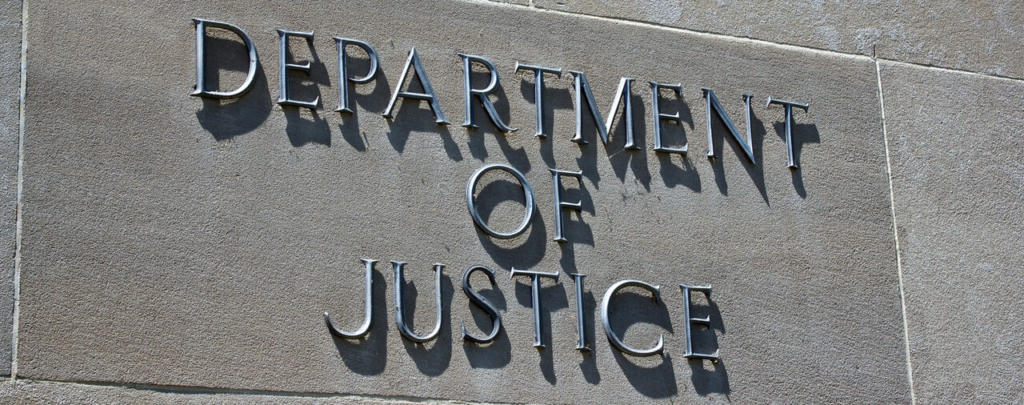
Matter of Obaigbena, 19 I&N Dec. 533 (BIA 1988): Reasonable Opportunity for Petitioner to Respond to Derogatory Evidence
In Matter of Obaigbena, the BIA held that assertions of counsel are not evidence and that a petitioner must be given reasonable opportunity to respond to notice of intent to deny.






